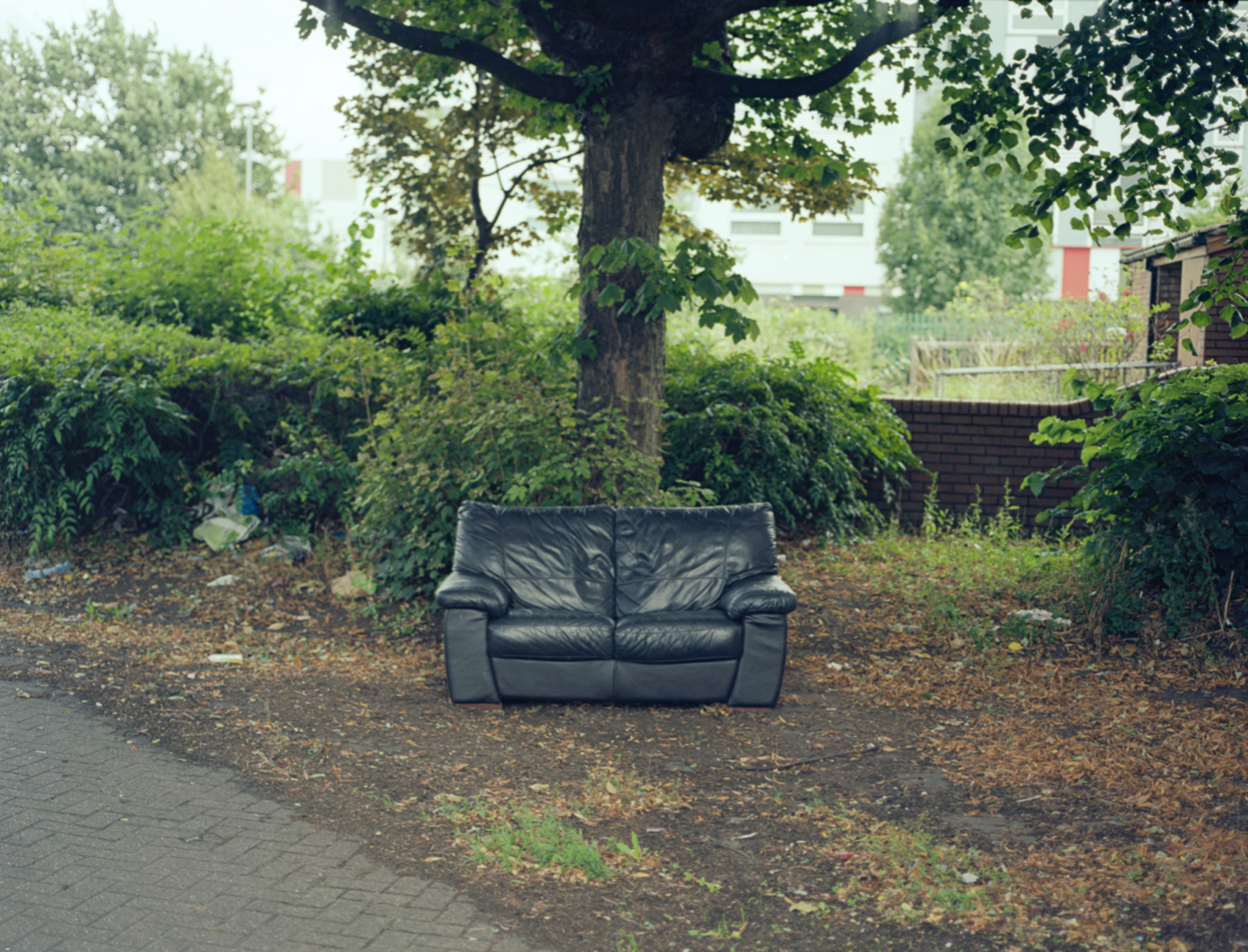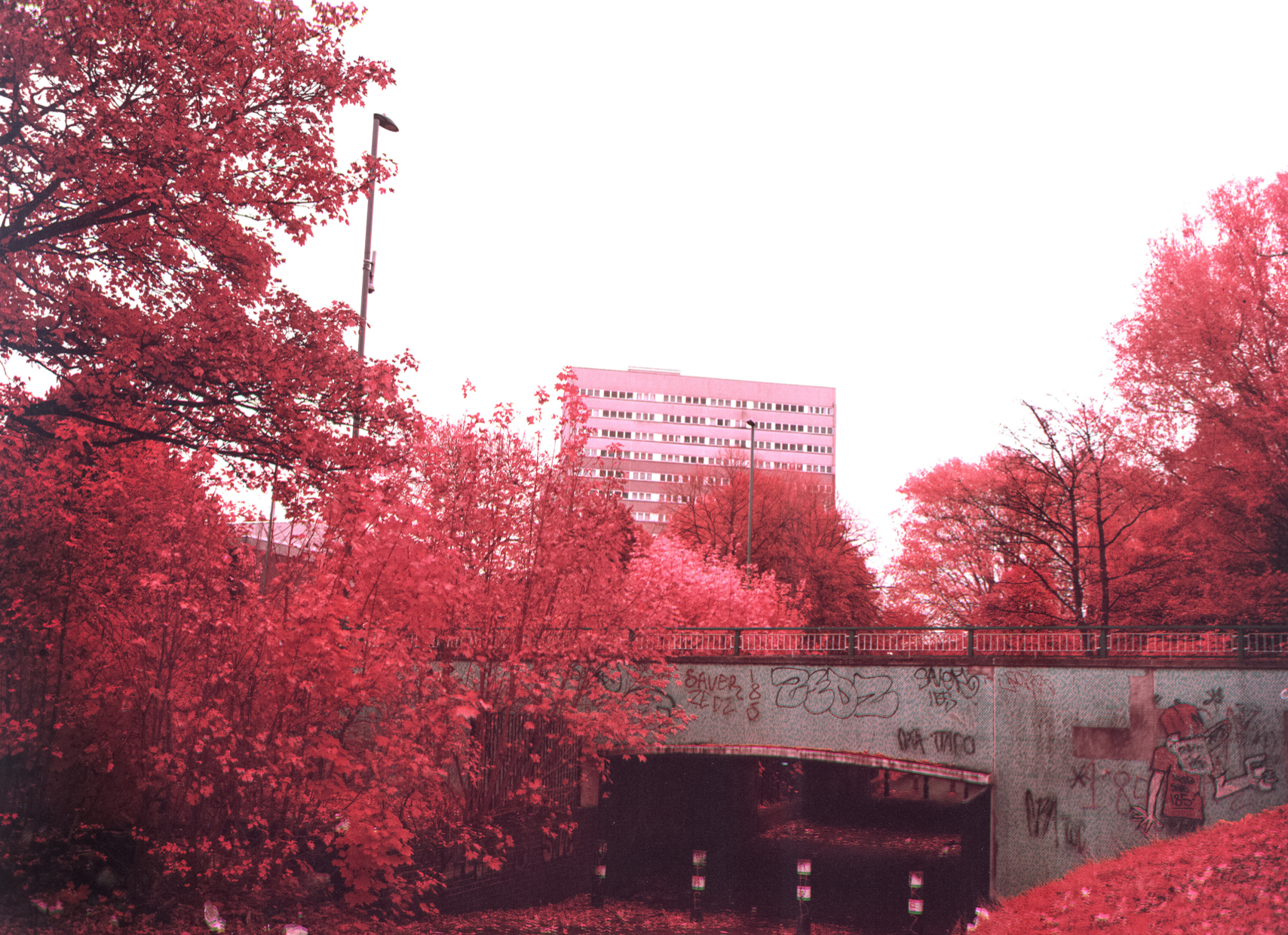Breaking the ways of seeing with Toby Hawkins.
Artist Toby Hawkins talks to Bethan Jayne about his experimental photography journey, passion for words and shares some useful advice for artists who are battling the creative employment industry. Toby’s work ‘A Scattering of Objects’ is currently being shown in Round Lemon’s SQUASH exhibition at Parkside Gallery.
Your practise spans a few different mediums, how would you describe yourself as a practitioner?
I’ve always enjoyed the thought of breaking the ‘ways of seeing’ that I see dominating visual art and even in regular life. I’ve always found inspiration in people that choose not to adhere to norms in their practise, and not by desperately attempting original concepts for artwork. These are the people that alter the genetic makeup of our little social existence and reshape our way of thinking. I’ve always indulged in the self proclamation as artist, although feel that is too broad and unearned. Practitioner is still somewhat ambiguous but comes closer to what I see myself as, I would describe myself by what I enjoy exploring in my work, philosophy, storytelling, and of course visual experiments, too.
Your main method of creating seems to be photography, what drew you to it?
It wasn’t until I was 12 that I owned anything capable of taking a decent image, an old smartphone with an 8MP camera attached to the back. I would take pictures of the surfaces of trees and the complex sub-structures of plants, using the camera as a magnifying glass. My photos were shit, compositionally speaking there was little to no consideration at all, little thought of colour of content, although admittedly I would tweak these images in ‘post’ (Google Snapseed) and make them magically more attractive. Most importantly I was taking photos and any photographer can say the same, if you want to take photos as a profession, you need to take photos. It took me years to become a more skilled photographer and after thousands upon thousands of photos. I would gradually improve my equipment to give me more control over the exposure and would begin to take more considered photographs. I made images in a more commercial context for a while, which can be a lot of fun, but more often than not I did not enjoy it, and dropped it fairly soon. When I turned 18 I found a family member’s Canon 35mm camera and thought it would be a laugh to put a roll of film through it and see what would happen. The photos I got back were pants, but the act of making an exposure felt more natural than a digital camera, the material interaction would set me up for the rest of the work I would make. Since then I have transitioned to shooting exclusively on film, experimenting with self-developing and building a relationship with my cameras, I can’t stop doing it.
Do you have a favourite photograph you’ve ever taken?
Tough question. The photos that I have enjoyed the most in the past have been ones that have been most successful from beginning to end, from the travel to finding the composition, setting up the shot, metering the light, taking the image, advancing the film, and then developing to reveal the negatives. If I had to choose one image that I refer to often, it would have to be the image I made of a group of siblings in Rajasthan after completing a camel ride into the Thar Desert for a night, which sounds a lot wilder than reality might show! We dismounted and were asked for contributions to the group guide’s own camel costing more than I had in loose change, unfortunately. I wandered off from the group for a break and to stretch my legs that had been dangling loosely for several hours, and was approached by an inquisitive young girl wearing a white dress. She was quite striking and had a melancholy expression on her face, although her body language would suggest she was on a sugar high. I asked her if she would like her photo taking and she agreed, and even pulled her siblings or friends in with her. They were incredibly sweet and arranged themselves perfectly, the youngest peeking through from behind their legs. This wasn’t an image made with artistic vision, but more of a documentary of my time in India, and it stood out as my favourite encounter I was lucky enough to have.
Your piece ‘A Scattering of Objects’ was featured in or recent exhibition. What was the process of making that piece?
A Scattering of Objects was built entirely within the 3D editing software Blender and so it took weeks of practise and experimentation to get the piece to where I wanted it to be. The process was something like this: taking a scan of an object or space using some basic 3D scanning software, importing this into Blender and finding the right place for it within the digital space, making the objects work together and thinking of scale and placement, then adding colour correction and lighting to create an immersive and dystopian looking 3D space. The piece was actually written by an AI, then dictated by another AI made by Amazon’s developing teams using a realistic sounding voice that played on the Uncanny Valley model to create a slightly off-putting narration. It took a long time to create a fly though shot of the scene using my mouse and keyboard, and even longer to render the final film. It might have taken around two weeks of off and on rendering to get what you see in the film.
Poetry is something which seems to appear now and again, and a lot of your photographs are quite poetic in a sense. Do you consider yourself a poet?
I personally wouldn’t consider myself a poet. I take on a slightly purist view on this as I believe to be a poet, just as any other discipline, it requires hours and hours of continuous practise and dedication and earning the name of poet is something to earn. I write poetry often however share it less as it is quite personal to me, although it does occasionally appear in my work. I believe that the photograph is usually better off when paired with a caption or piece of writing, not only because it helps the viewer understand the photograph and its contents better, but I also think it helps the photographer understand their own work better. When you force someone to really think about their own work they can discover something in it that they may have missed before.
Where do you find inspiration?
I find a lot of inspiration in people, not to sound like a cliché. I relish in conversation and interactions with people, especially if they have the courage to express themselves in an artistic practise. I also spend good time reading. I enjoy travel novels, philosophical studies, art theory books, political futures, anything that is examining our existence as humans and analyses the things we may miss in everyday life. I think everyone can learn something from everyone and conversing or reading is the best way to go about finding this.
Even though you are still in art school yourself, what advice would you give to an emerging creative?
I would like to keep my advice as simple as possible. It is easy as a creative person to feel that your friends and family see your skills and vision as a means of making money, it is natural as someone who has spent a lot of time in the employment circuit to feel that skills are something to be capitalised on, however this must be avoided at all costs. To be a creative is a great privilege, you have found a way to express yourself, whether that be poetry, performance, fashion design, you mustn’t be lost in the anxiety of finding employment in the creative industry. Personally, I am asked frequently what I will do with my art degree once I have graduated, it is far more complex than that, my art degree is teaching me to think like an artist and that is something that you carry with you for the rest of your life. Not every degree is there to make you appetising to the system, tailor your artistic studies to yourself and refine your skills, your later self will thank you for taking opportunities to grow and become a better person.
[Interview Conducted by Bethan Jayne]





